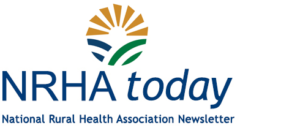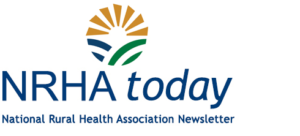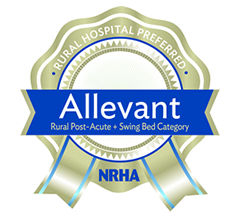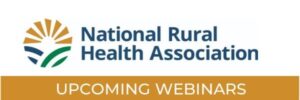August 25, 2023

Extreme Weather, Finances Threaten Farmer Mental Health
The drought sweeping through the Midwest has forced many farmers to make tough operational decisions, which can lead to mental health concerns. Stressors including extreme weather, financing, and familial struggles are associated with farmer anxiety and depression.
According to NRHA, the suicide rate among farmers is three-and-a-half times higher than the general population. A recent KFF report looks at suicide data and change over the last decade, with 20ss showing the highest number of deaths on record.
Join the discussion on strategies for behavioral health integration for RHCs and FQHCs with the experts at NRHA’s Rural Health Clinic Conference, September 26-27 in Kansas City.
Read Article on Suicide rate among farmers
Register for NRHA Rural Health Clinic Conference









